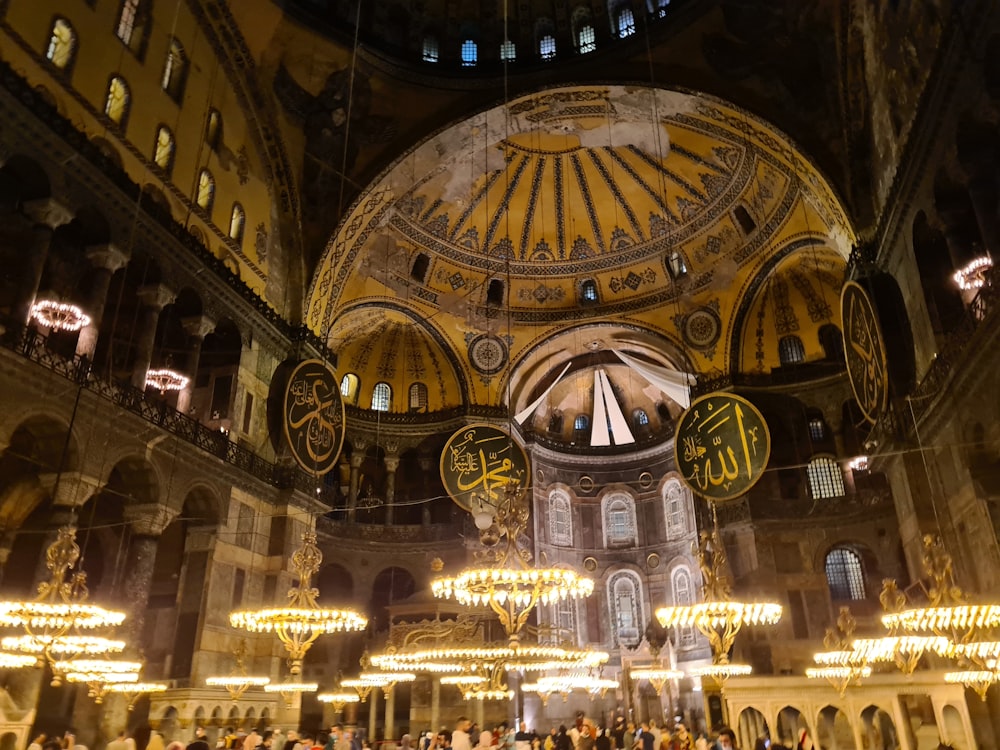Hagia Sophia Iconic Byzantine Architecture Unveiled

Unraveling the Magnificence of Hagia Sophia’s Architecture
A Glimpse into History:
Stepping into Hagia Sophia feels like entering a time machine, transporting you back to the heart of the Byzantine Empire. Originally built in the 6th century AD by Emperor Justinian I, this architectural marvel has witnessed centuries of history unfold within its walls.
Architectural Grandeur:
Hagia Sophia’s architecture is nothing short of breathtaking. Its massive dome, soaring to a height of 55 meters, dominates the skyline of Istanbul, a testament to the ingenuity of Byzantine engineers and architects. The use of massive piers and arches supports the weight of the dome, creating a sense of awe-inspiring grandeur.
Dome of Heaven:
The central dome of Hagia Sophia is perhaps its most iconic feature. Known as “the Dome of Heaven,” it symbolizes the heavens and is adorned with intricate mosaics depicting scenes from Christian history. The dome’s innovative design, with its series of concave segments, allows natural light to filter through, illuminating the interior in a divine glow.
Mosaics and Murals:
Hagia Sophia boasts an impressive collection of mosaics and murals, each telling a story of Byzantine art and culture. From the mesmerizing Deesis mosaic depicting Christ, Mary, and John the Baptist to the striking Virgin and Child mosaic in the apse, these artworks serve as windows into the religious and artistic life of the Byzantine Empire.
Architectural Evolution:
Over the centuries, Hagia Sophia has undergone several transformations, reflecting the shifting political and religious landscape of Istanbul. Converted into a mosque after the Ottoman conquest in 1453, minarets were added, and many of the original mosaics were covered or replaced with Islamic calligraphy. In 1935, Hagia Sophia was secularized and transformed into a museum, allowing visitors of all backgrounds to admire its architectural splendor.
Symbol of Unity:
Hagia Sophia stands as a symbol of unity and coexistence, bearing witness to the rich tapestry of history woven by successive civilizations. Its architecture blends elements of Byzantine, Islamic, and even Renaissance styles, reflecting the diverse cultural influences that have shaped Istanbul over the centuries.
Engineering Marvel:
The architectural achievements of Hagia Sophia are not merely aesthetic; they are also a testament to the engineering prowess of its builders. The use of innovative construction techniques, such as the use of lightweight materials and hidden buttresses, allowed Hagia Sophia to withstand earthquakes and other natural disasters, ensuring its survival for over a millennium.
Cultural Legacy:
Today, Hagia Sophia continues to inspire awe and wonder in visitors from around the world. Recognized as a UNESCO World Heritage Site, it serves as a living testament to the enduring legacy of Byzantine architecture and the cultural heritage of Istanbul. As the sun sets over the majestic dome of Hagia Sophia, one cannot help but marvel at the timeless beauty and significance of this architectural masterpiece. Read more about hagia sophia architecture









